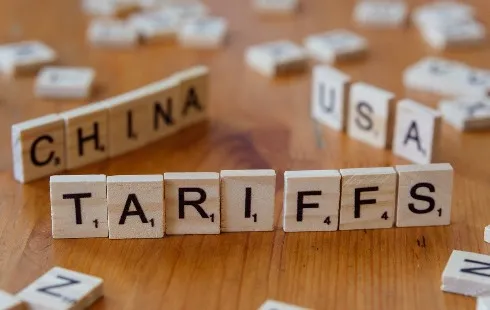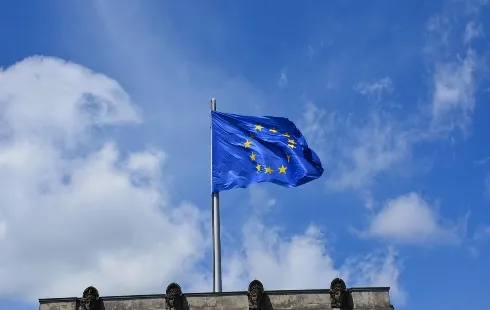
Ukraine Targets Outdated Military Equipment in Ongoing Conflict
Section: Politics
The phenomenon of hypes can be observed across various products and trends, from gourmet chocolates to advanced kitchen appliances and popular cultural events. These fleeting obsessions often leave people wondering what drives such intense excitement. The allure of new experiences plays a crucial role in our collective enthusiasm for these trends.
Take, for example, the recent craze surrounding Dubai chocolate, an exquisite confection that combines luxurious ingredients and visual appeal. Developed by a British-Egyptian influencer, this treat captivated consumers worldwide, showcasing how marketing and social media can ignite a mass fascination. Similarly, the launch of the latest Thermomix model in Berlin attracted thousands of eager fans, further illustrating the powerful impact of hypes in consumer culture.
Hypes are characterized by overwhelming enthusiasm and short-lived popularity. Unlike trends, which can endure over time, hypes are marked by their ephemeral nature. According to experts in market psychology, the driving forces behind hypes often stem from fundamental human desires, including the quest for novel experiences and the need for social belonging.
These hypes can emerge from anything deemed unique or exciting, rapidly spreading through platforms like Instagram and TikTok. However, the initial excitement is often exaggerated. Research indicates that individuals frequently overestimate the intensity and duration of their emotional responses to new experiences, leading to a phenomenon known as the Affective Forecasting Error. Consequently, after the initial thrill, many consumers may return to familiar products, having found that the anticipated joy was fleeting.
Moreover, the drive for social connection significantly contributes to the allure of hypes. People often yearn to belong to a community and feel accepted, which can lead them to join in on popular trends. This need for affiliation can make individuals susceptible to the influence of powerful social figures, such as influencers, who can spark widespread interest in specific products or experiences.
At the same time, there's a contrasting desire for individuality. Many consumers aspire to stand out and be part of an exclusive group, creating a complex interplay between the need for social inclusion and the desire for uniqueness. This concept of 'optimal distinctiveness' suggests that consumers seek the right balance between fitting in and being different.
The fear of missing out (FOMO) is another critical element that fuels the excitement surrounding hypes. As new products or experiences become trending topics, individuals may feel compelled to participate to avoid being left out of conversations or social circles. This phenomenon is often exploited by marketers, who create a sense of urgency through limited editions or exclusive releases, prompting consumers to act quickly.
While not everyone succumbs to the allure of hypes, susceptibility can be influenced by individual preferences and self-esteem levels. Studies suggest that those with lower self-worth might be more inclined to chase after material symbols of status, reinforcing their connection to popular trends.
The lifecycle of a hype often follows a predictable pattern, starting with an initial surge of excitement, peaking with elevated expectations, and eventually leading to disappointment when the experience fails to meet those expectations. This cycle, identified in the Gartner Hype Cycle, illustrates how quickly popular interest can wane once the reality of a product or trend sets in.
In conclusion, while the thrill of participating in a hype can be enticing, it is essential for consumers to remain aware of the marketing tactics and social pressures at play. By broadening their perspectives and questioning the validity of hypes, individuals can navigate the fast-paced world of trends with greater awareness and intentionality.

Section: Politics

Section: News

Section: News

Section: Politics

Section: News

Section: News

Section: Politics

Section: Arts

Section: News

Section: News

Health Insurance in Germany is compulsory and sometimes complicated, not to mention expensive. As an expat, you are required to navigate this landscape within weeks of arriving, so check our FAQ on PKV. For our guide on resources and access to agents who can give you a competitive quote, try our PKV Cost comparison tool.

Germany is famous for its medical expertise and extensive number of hospitals and clinics. See this comprehensive directory of hospitals and clinics across the country, complete with links to their websites, addresses, contact info, and specializations/services.

Join us for an exciting theatrical experience on Saturday, May 10, 2025, from 19:30 to 22:00 at the Münchner Kammerspiele - Werkraum. This performance, directed by Melina Dressler, is a directorial exercise inspired by Heiner Müller's 'Quartett' and incorporates texts by Michel Foucault. The...
No comments yet. Be the first to comment!